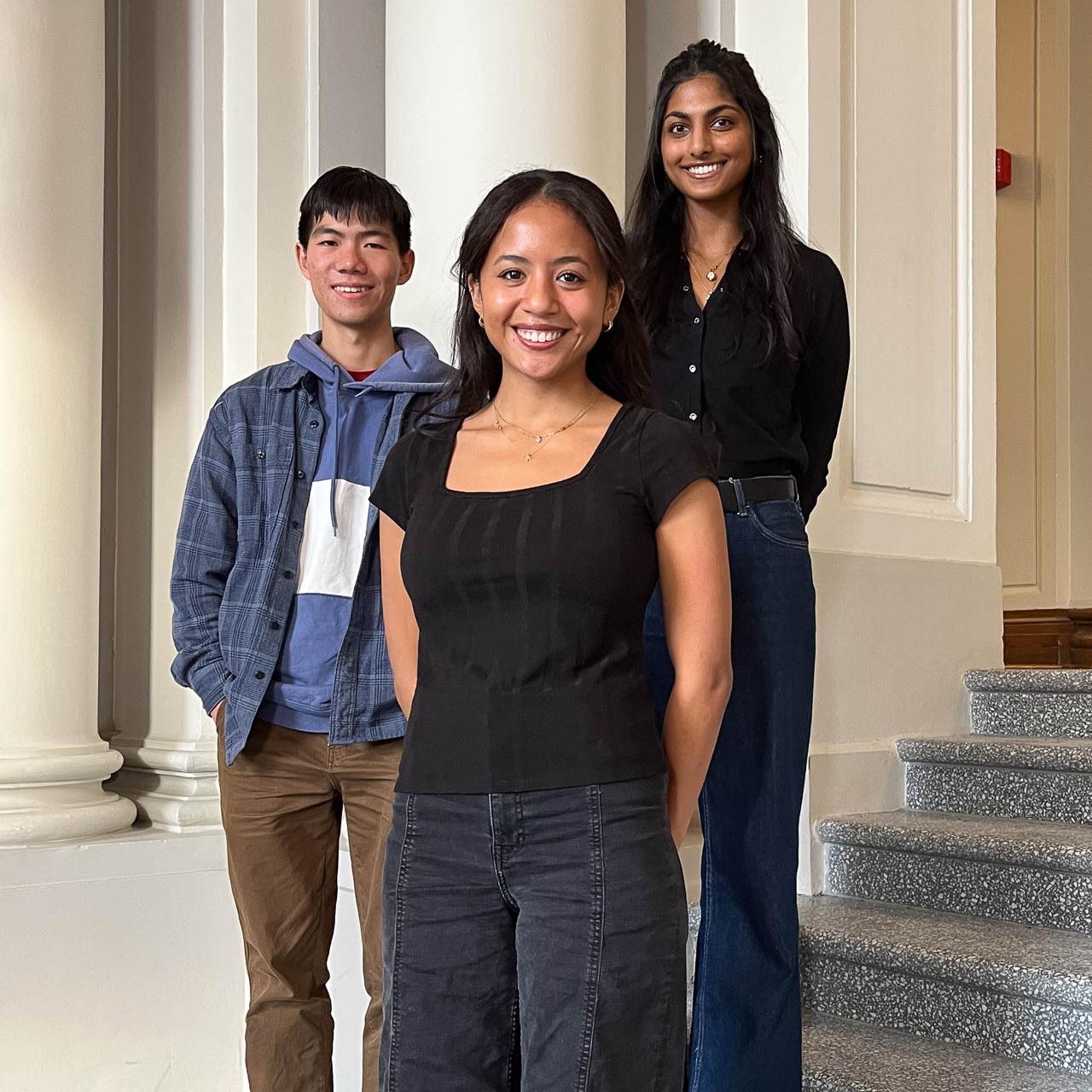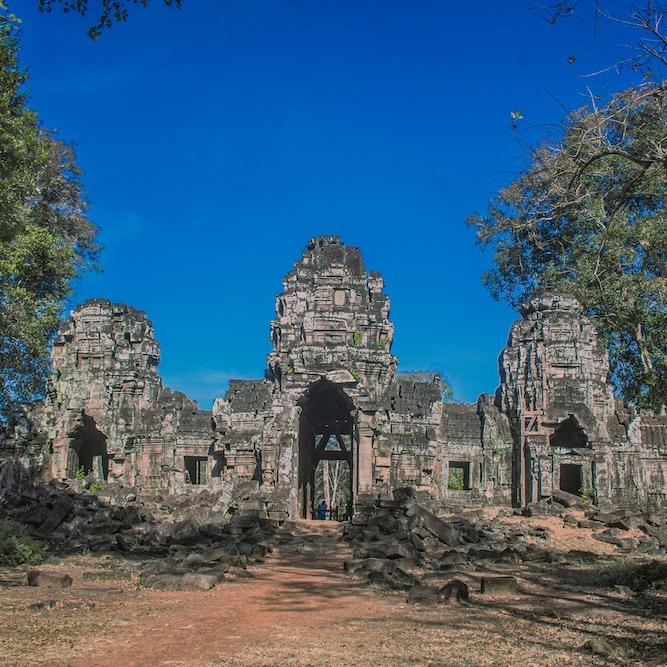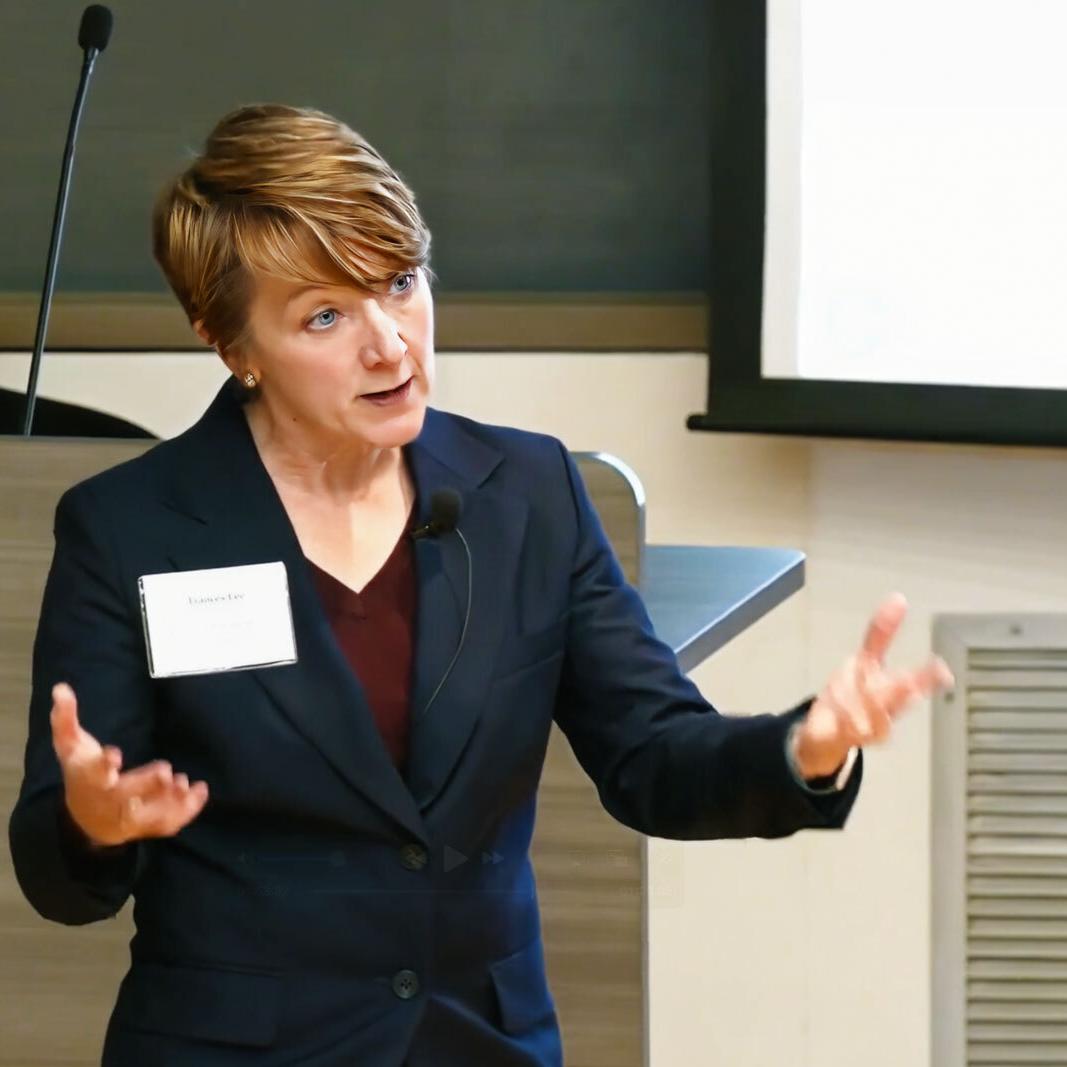The John L. Senior Professor of American Institutions, Mettler has authored or co-authored several books, including 2020’s Four Threats, which warns that factors like racism and economic inequality, which have imperiled American democracy in past eras, are currently converging. In November, Cambridge University Press published Democratic Resilience, a collection of essays Mettler co-edited, which explores whether the nation can withstand rising polarization.
Has the U.S. always had an urban/rural divide in politics?
That’s what’s so striking. Traditionally, we’ve had two major parties, and they’ve incorporated both rural and urban people; in presidential elections, both groups voted for Ronald Reagan and for Bill Clinton. But since the 1990s, we’ve developed this big divide, and it has grown dramatically.
Are social media or stratified news outlets playing a role?
We’re curious about that, but we haven’t explored it yet. One thing I’m very interested in is the decline of local newspapers, which has been an important trend in the last couple of decades. And to the extent that has happened in rural areas, it might leave people more reliant on national news outlets and social media.
Are there regions of the U.S. that experience this divide more acutely?
It has grown in all parts of the country. In presidential elections, as of 2020, there’s about an 18-percentage-point difference between how rural and urban Southerners vote; it’s about 22 points in the Midwest and 20 in the West. It’s smaller in the Northeast, but still a 15-point gap. Journalists focus on things like the gender gap, but that’s very small by comparison.
Have you gotten a sense of why this is happening?
We’re still gravitating toward that big causal question—but with that caveat, I can describe some things that are associated with it. For example, for decades the U.S. has experienced deindustrialization and various other changes in jobs and the economy, and rural areas have really suffered. Urban areas have adapted more effectively and created new jobs in technology, the service sector, and the knowledge economy. We think that economic deterioration has perhaps led to more resentment and grievance-style politics, but we’re still trying to understand that.
What’s another potential cause?
One fascinating change is the role of higher education. In the 1980s, counties that had more college graduates tended to vote Republican, and that has totally flipped; those places now tend to vote for Democrats. And increasingly, there are more highly educated people in urban areas, where as in the 1970s, rural and urban areas were barely different in their percentages of college grads.
Is an urban/rural political divide inherently bad?
It should not be—but we think it’s leading to more tribalism, and damage to democracy.
How so?
In the middle of the 20th century, people tended to have all sorts of what we call “cross-cutting affiliations”; there might be both Democrats and Republicans in your neighborhood, your workplace, your church, or the organizations you belong to. That strengthened the social and political fabric—people had a sense that we’re all in this together; we’re all citizens of this country with a common project, even if we differ on policy issues. But increasingly, Americans have been sorting out into groups where we affiliate only with people of the same party, and that’s really problematic. In the rural/urban divide, those difficulties are compounded by a spatial divide between where people are physically living. It can create a sense of “us” versus “them”—of intense animosity toward those in the other party—and that’s very detrimental to democracy.
Does this divide impact political power?
American political institutions have always given extra leverage to people in less populated areas. They do that through the structure of the U.S. Senate, and the Electoral College for presidential voting. Also—and a lot of people are unaware of this—in voting for members of Congress and state legislatures, the fact that each district is represented by a single member gives a bias to rural areas, because if one party is concentrated in urban areas and the other has people widely distributed across lots of other districts, the latter group will benefit.
Hasn’t that always been the case?
Yes, but what’s unique in the contemporary period is that one party is dominating rural areas—which allows it to have more power than it would otherwise, exploiting all of these institutional biases. And that’s problematic for democracy.
Top image: Illustration by Cornell University





